RANKED: Top 10 lowest cost gold mines in the world Q1
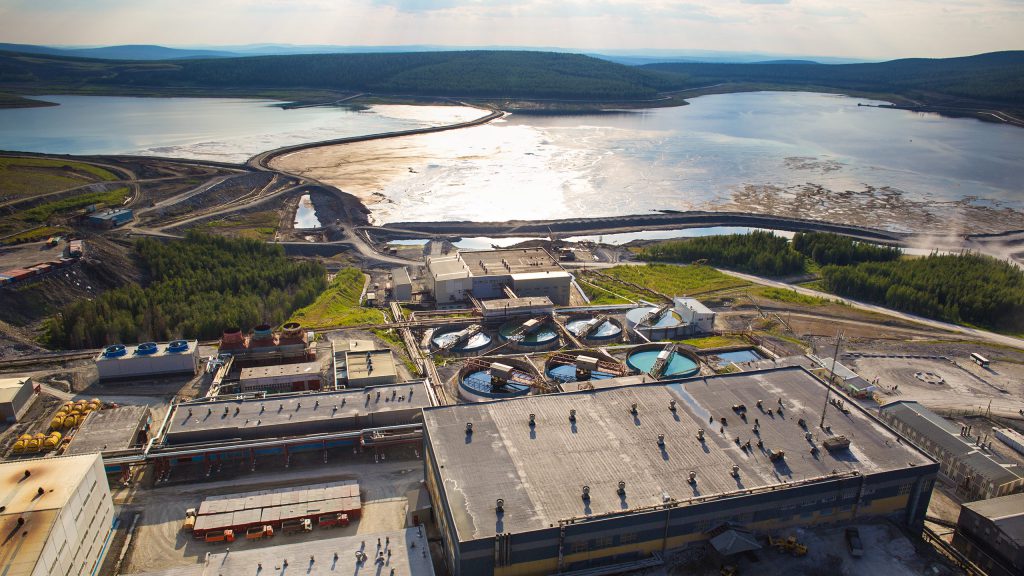
During the first quarter of 2019, average all-in sustaining costs (AISC) incurred by gold miners across the globe rose slightly over the previous quarter, from $988/oz in Q4 2018 to $1,000/oz in Q1 2019, indicating that companies were mostly able to keep costs under control.
The AISC metric serves as a benchmark of a mine’s operating efficiency. They provide a more comprehensive look at mine economics than the traditional “cash costs” approach that many companies may interpret arbitrarily – and it includes important expenses such as overhead outlays and capital used in ongoing exploration, mine development and production.
Mining Intelligence, a MINING.com sister company, looked at costs at primary gold mines and ranked them based on AISC. Primary gold operations are defined by Mining Intelligence as “mines where gold contributed to 80% or more of revenues from operating activities generated last year.”
The data used by Mining Intelligence represents companies reporting quarterly production and listed on the following stock exchanges: TSX (+TSX-V), ASX, LSE (+LSE-AIM), NYSE, and JSE. The ranking excludes privately-owned mines, tailings, re-processing operations, mines where the precious metal is produced as a by-product, and operations where companies report gold-equivalent output.
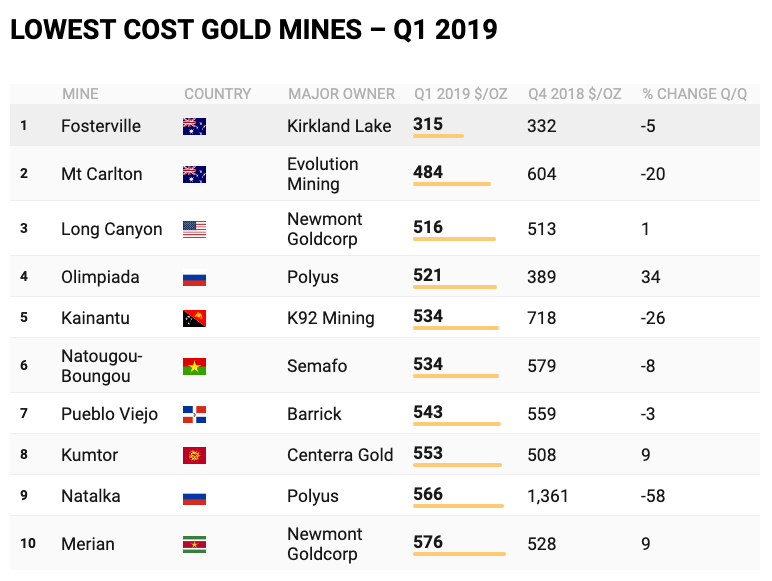
Six of the top 10 lowest cost mines shown in the above table have seen their costs decline during Q1 2019, led by Kirkland Lake’s Fosterville mine in Australia, which topped the list for the second consecutive quarter.
Making a comeback this year is Barrick’s jointly owned Pueblo Viejo in the Dominican Republic, where AISC fell below $550/oz once again, restoring its status as one of the world’s lowest cost producers.
Three mines had significant cost improvements (+20% in cost reductions) over the previous quarter, propelling them into the latest top 10 list: Evolution Mining’s Mt Carlton operation in Australia, K92’s Kainantu mine in Papua New Guinea and Polyus’ Natalka in Russia. The fourth newcomer to the list is Semafo’s Natougou-Boungo mine in Burkina Faso.
Mines that fell short of holding down their place on the list (for now) include Neryungri (Russia), Copler (Turkey), Moose River (Canada) and Hounde (Burkina Faso).
1 Fosterville – $315/oz

Fosterville is the largest gold producer in the state of Victoria, Australia. The underground mine is owned by Toronto-based Kirkland Lake Gold. Production in 2018 totalled 356,230 ounces. Recently the company raised the production guidance to 550,000-610,000 ounces for 2019-2020, up from the previous guidance of 390,000–430,000 ounces.
2 Mt. Carlton – $484/oz
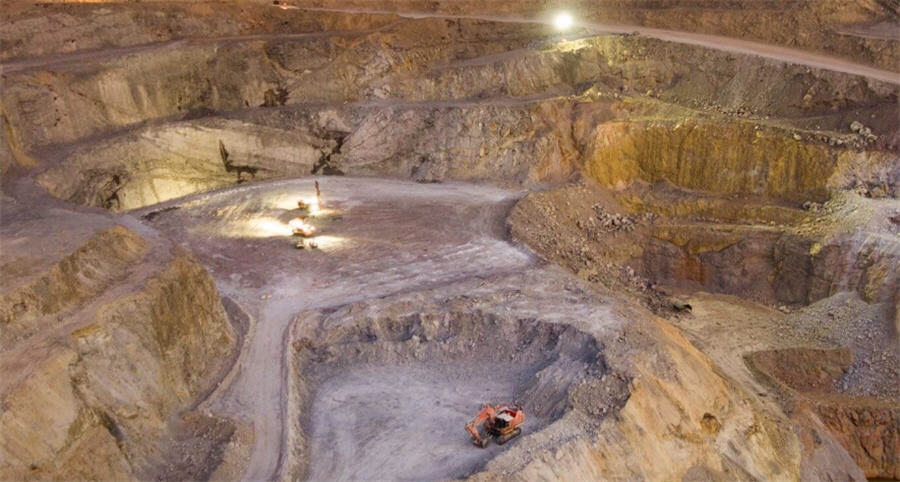
The Mt Carlton open-pit mine is situated 150 km south of Townsville in Queensland, Australia. Last year Mt Carlton achieved over 100,000 ounces of gold production for the third year in a row — at a record-low AISC — making it one of the lowest cost operations in world.
3 Long Canyon – $516/oz

Newmont’s Long Canyon open-pit mine is of the same mineralization style as Barrick’s South Arturo deposit, and the only significant discovery made in Nevada in the last decade. The nature of the deposit, application of heap leach technology and tapping into existing infrastructure keep costs at Long Canyon at some of the lowest levels in the industry.
4 Olimpiada – $521/oz

Located in one of Russia’s most prolific gold mining provinces, Olimpiada is Polyus’ largest operation. To treat Olimpiada’s sulphide ores, Polyus employs BIONORD, the company’s proprietary bio-oxidation technology. Successful exploration activities in the area indicate the potential for substantial extension of the life of this mine.
5 Kainantu – $534/oz
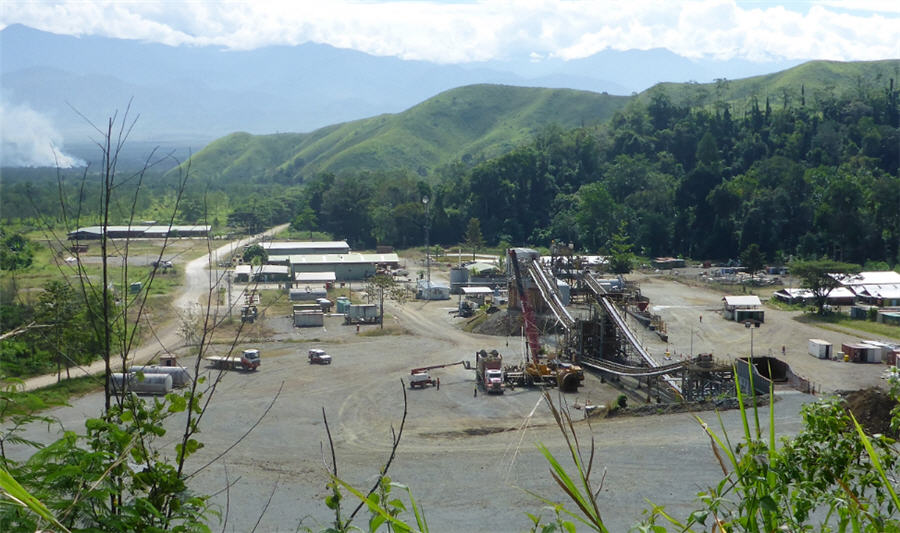
Acquired from Barrick in 2015, K92 Mining’s Kainantu gold mine is located in the Eastern Highlands province of Papua New Guinea. Recently the company began expansion work at the mine, aiming to increase its average annual output to over 120,000 ounces of gold equivalent, which may add to the project’s AISC rise later this year.
6 Natougou-Boungou – $534/oz
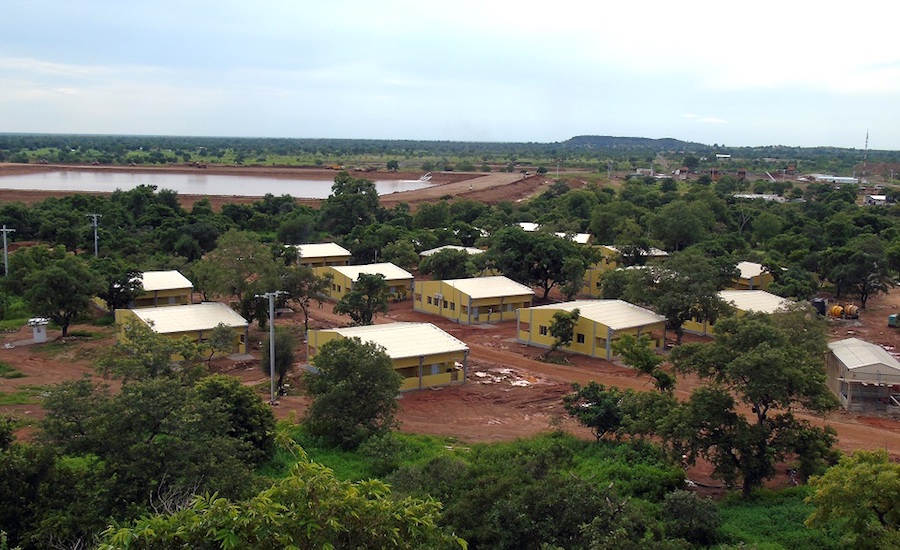
Located in southeastern Burkina Faso, Semafo’s Natougou-Boungou open-pit mine began commercial production in September 2018. The project AISC for the latest quarter is slightly above the top end of the company’s 2019 guidance range, but is expected to fall later this year.
7 Pueblo Viejo – $543/oz
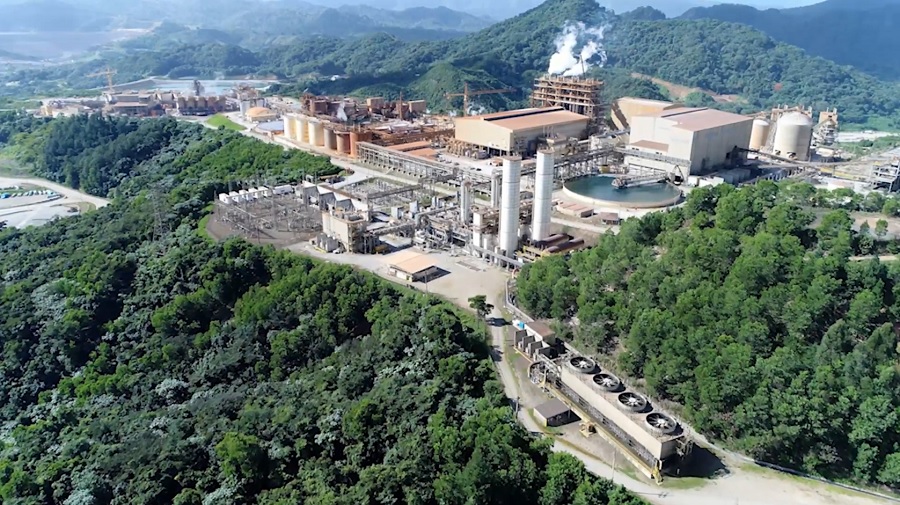
Pueblo Viejo, located about 100 km northwest of Dominican Republic’s capital Santo Domingo, first began production in 2012. Last year, it churned out 581,000 ounces of gold at an AISC of $623/oz. In May, Barrick announced that it plans to spend $1 billion on expanding the project’s processing capacity and mine life.
8 Kumtor – $553/oz
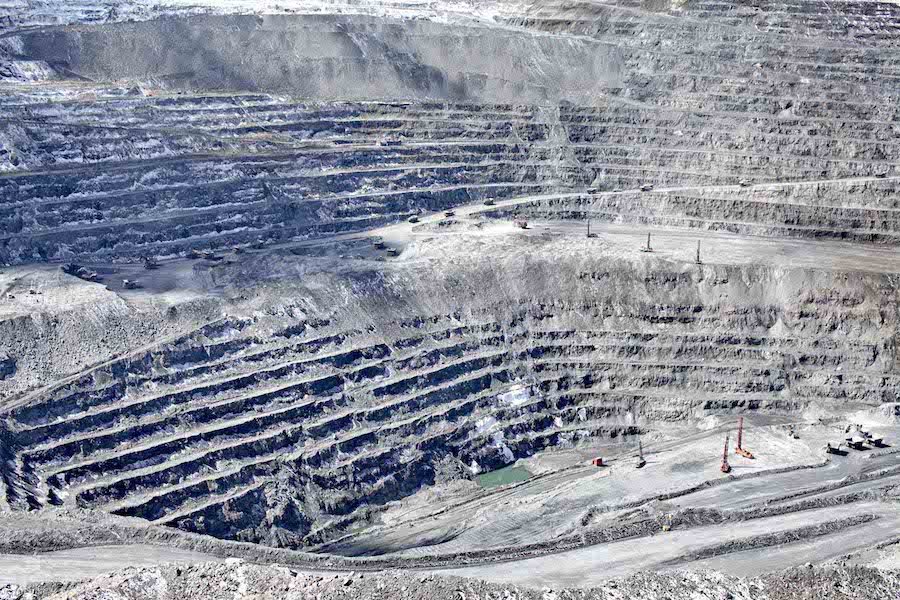
Centerra’s Kumtor mine lies near the Chinese border at an altitude of approximately 4,000 metres. It is the largest gold mine operated by a Western-based company in Central Asia. Since commercial production began in 1997, Kumtor has produced over 12 million ounces of gold up until the end of 2018.
9 Natalka – $566/oz
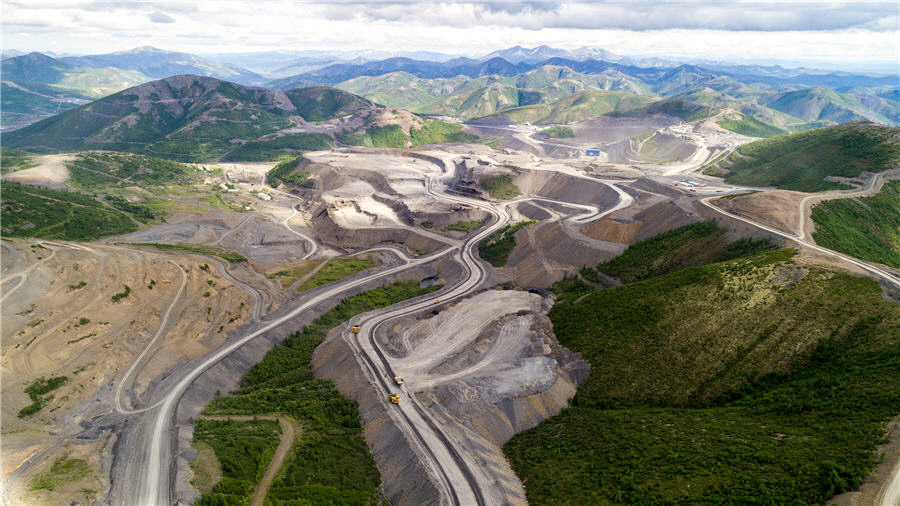
Situated in Magadan, one of the most remote and coldest regions in Russia, Natalka was originally scheduled to become Russia’s largest gold mine. In H2 2018, Polyus fully ramped up production at the mine, which produced a total of 132,700 ounces for the entire year and is now operating at full capacity.
10 Merian – $576/oz
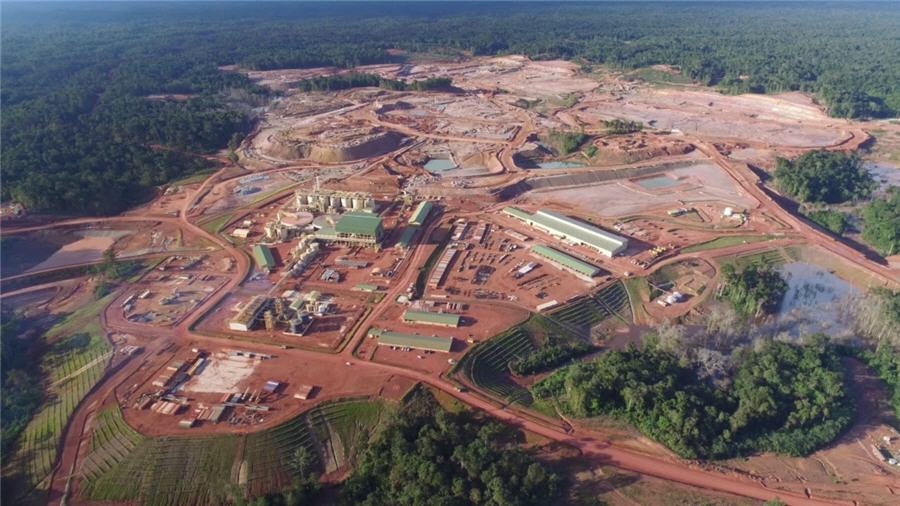
One of Newmont’s newest projects, the Merian open-pit mine is located approximately 66 km south of Moengo and 30 km north of the Nassau Mountains in Suriname. Production at Merian began in October 2016. The mine has an estimated mine life of 15 years based on current reserves, but the company is exploring on other parts of the property.
(Based on research compiled by Vladimir Basov of Mining Intelligence)
(Featured image: Olimpiada mine, Polyus)

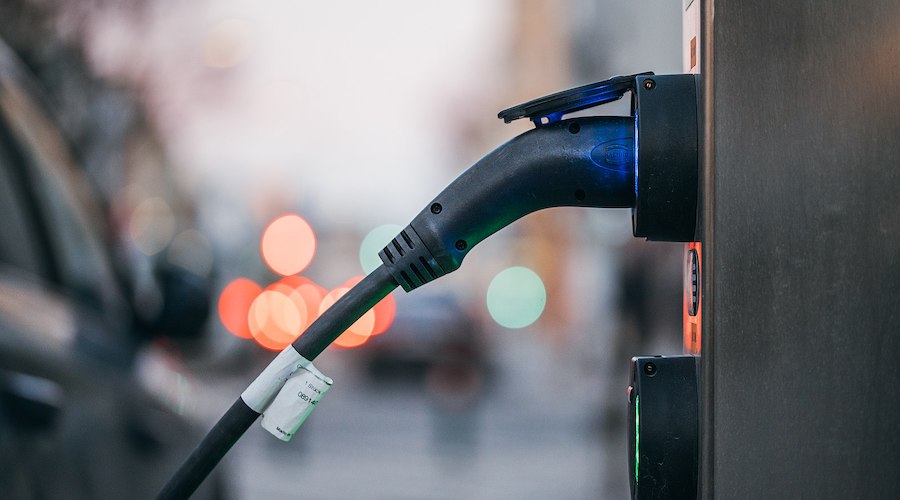
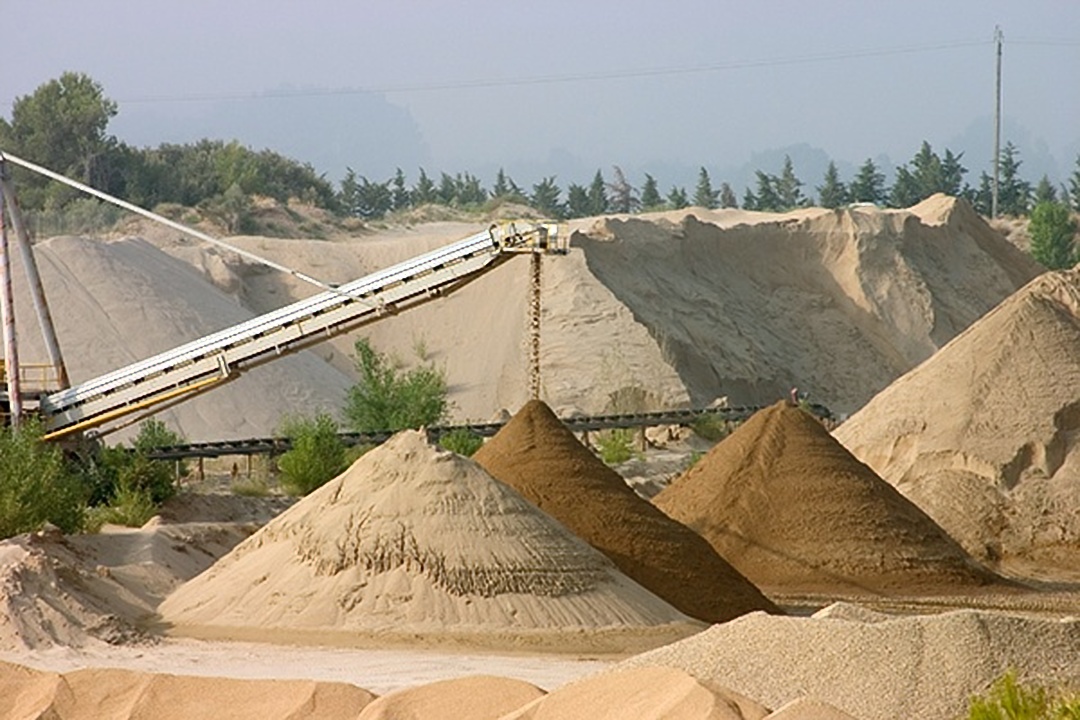
Comments
robert Weicker
Where does Atlantic Gold’s Nova Scotia mine rank in this list?